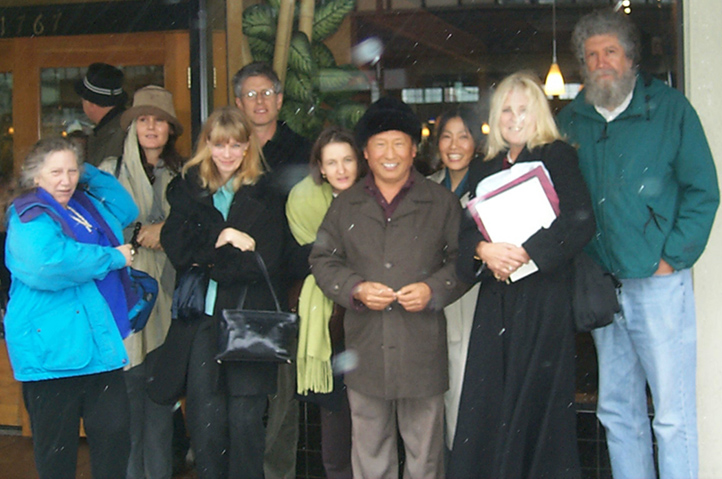Could Unequal Compassion have been the Roots of my Depression and Anxiety?
For the last two blog posts I have been recounting how, in searching for enlightenment, I unexpectedly resolved chronic depression and anxiety. Blogging experts tell you never to talk about I, I, I. You want to know what can help you, right? Who cares about some stranger n the internet.
I do want to help you. But, honestly, I don’t know whether what I did will help you. I think my anxiety and depression was the kind that might have also responded to cognitive-behavioral therapy, the kind of therapy that works on changing your ways of thinking about the world. I did do regular talk therapy during the years we are talking about and it certainly helped. But I feel that, although mindfulness-awareness meditation and therapy pulled me out of my “nervous breakdown,” it was the foundational practices of another Buddhist path called Vajrayana that gradually transformed my worldview. For that, I will be eternally grateful.
 Lama Tharchin Rinpoche and some of his students, Albany, California 2001.
Lama Tharchin Rinpoche and some of his students, Albany, California 2001.
Meeting my Lama
It was early in 1997. A friendly guy named Josh handed me a copy of a red booklet. Inside were washed-out photocopied pages of the preliminary practices of the Dudjom Terser tradition of Nyingma Buddhism, called the ngondro in Tibetan. Inside were many practices joined together in this chant-able power-pack. In the front of the booklet was a short manual on how you do the practices. The verses I was to recite followed.
I’d been chasing Lama Tharchin Rinpoche around the Bay Area, guided by announcement faxes that would go out a few days before each public appearance.
Being a practical person, I had combed the meditation centers in the area for a teacher to guide me through the process of development in the tantric system of Buddhism called Vajrayana (in this context, tantra does not refer to sex). None of them had a lama who outshone Lama Tharchin Rinpoche. How could they? He was magnetic, graceful, artistic and risqué. Deeply knowledgeable, he forged his wisdom through practice and service to his lamas, not because he had been shuttled off to a monastery and forced to memorize one book after another. I’d seen him talk in new-age bookstores, conservative Burmese temples, and at more than one Shambhala Center. I went to his own center and met his student, who were warm and casual… as unfazed by my rugged lesbianism as Rinpoche himself was.
I was impatient to get started, yet terrified when my turn came to go back into the side room at the Berkeley Shambhala Center and finally meet him face-to-face. But there I was, the starter book held in my sweating palm, open to the page of the ngondro—like I was about to sign up for the green berets.
I was ushered in to see him as he was about to speak to the assembly of Dharma students.
I told him I’d studied practiced the lower level Buddhist teachings at the Shambhala centers. Would he teach me the Vajrayana? He said yes, but he wanted something from me. This thought hadn’t occurred to me. He wanted me to help him, too. He didn’t specify how, but he told me to come down to his center, Pema Osel Ling, for summer retreat, scheduled to start in only a week. Then, he gave me the reading transmission for the ngondro, reading it aloud, and touching it to my heart and head for good measure.
Equalizing Compassion
I had already honed the ability to practice silent mindfulness-awareness meditation for a solid hour. It wasn’t too difficult to switch practices from the silent sitting to the ngondro. I will share the elements of the preliminary in future posts, but the common element between all of them is that they are done for with the motivation to benefit all living beings. For me, a person with a good heart who none-the-less had the mental habit of only caring about women and animals, this shift to equalizing my love and compassion to include everyone was critical. I don’t know why, perhaps I can articulate it next week. I feel that was a critical point to not only to being a good practitioner and an easier person to be around, but as it turns out also to my personal happiness.
Could it be that as long as a person feels the welfare of women is important and that of rich white men is not, or is concerned about the suffering of bunnies but not about scorpions, or any two classes of beings you can name depression and anxiety are a natural result? Let’s make a date to explore this topic further.
Next: Part 4, Undermining the crux of anxiety and depression with Vajrayana practice. January 16, 2017.




